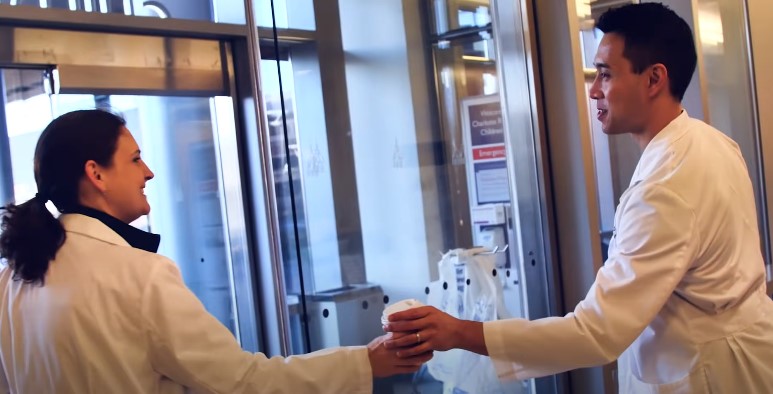Embarking on the journey to becoming a medical professional is both thrilling and demanding. However, before the triumph of residency, aspiring doctors must navigate a lesser-known challenge: the cost of applying.
From exam fees to travel expenses, we delve into the labyrinth of financial considerations that accompany the pursuit of a residency position.
How Much Does It Cost to Apply to Residency Programs?
The cost of applying for residency can vary significantly, encompassing a broad spectrum of expenses. Various factors influence the total expenditure, including the specific specialty or specialties that applicants are interested in pursuing.
Factors that Affect the Cost of Application
The cost to apply for residency is influenced by several factors that can significantly impact the financial investment required. Understanding these factors is crucial for aspiring doctors to plan their finances accordingly. Below are the key elements that contribute to the overall cost of applying for residency.
Firstly, the choice of specialty or specialties plays a vital role in determining expenses. Certain medical fields, such as surgical subspecialties or competitive specialties like dermatology or ophthalmology, often require additional fees for specialty-specific exams.

These exams, such as the USMLE Step 2 CS (Clinical Skills) or the COMLEX-USA Level 2-PE (Performance Evaluation), can be quite expensive. Applicants should research and budget for these specialty-specific exams in their chosen fields.
The number of applications made and programs ranked is another crucial factor affecting costs. The more programs an applicant applies to, the higher the associated expenses. Each application typically requires a fee, which can range from $26 to $100 or more, depending on the program.
Considering the competitive nature of residency, many candidates apply to numerous programs to maximize their chances of securing a position. However, it is important to strike a balance between the number of applications and the financial burden it entails.
Geographical proximity to desired programs is another aspect to consider. If applicants are located far away from the programs they wish to apply to, travel expenses can add up significantly.
Attending interviews, visiting hospitals, and participating in residency program activities may require transportation, lodging, and meals.

Candidates should account for these costs when planning their budget. Furthermore, various supporting documents and services contribute to the overall cost.
Preparing for exams, such as the USMLE [1] or COMLEX-USA, often involves purchasing study materials, question banks, and practice exams, which can be quite expensive.
Additionally, obtaining letters of recommendation from faculty members or physicians may require additional fees, such as document processing or administrative charges. The interview process itself can also be a financial consideration.
Applicants may need to invest in professional attire, travel to interview locations, and possibly stay overnight. These costs can vary depending on the number of interviews and their locations. Lastly, it is essential to account for miscellaneous expenses that may arise during the application process.
This can include fees for electronic submission platforms, mailing documents, or professional services such as transcript evaluation for international medical graduates.
Conclusion
The cost to apply for residency is influenced by several factors. By understanding these factors, aspiring doctors can better plan their finances and navigate the application process with confidence.
It is essential to research and budget accordingly to ensure a smooth and financially manageable residency application experience.

